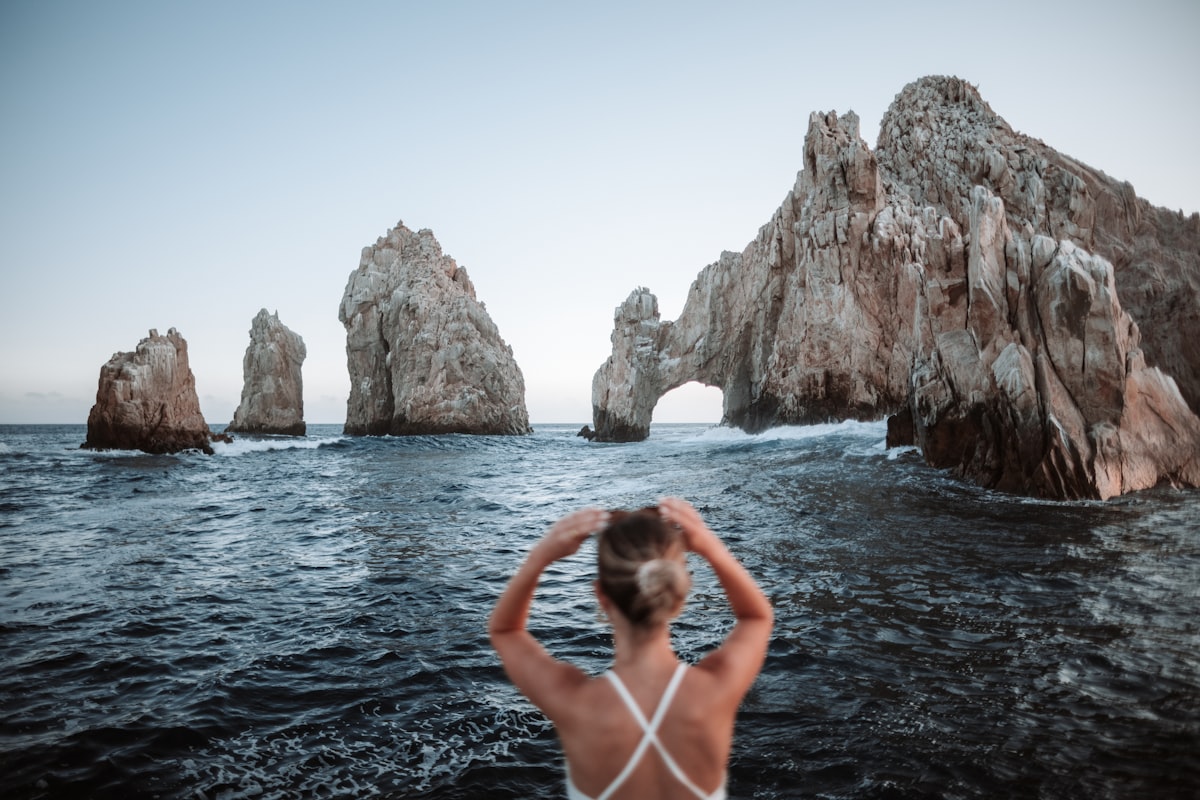These are the natural spectacles you can't miss in Los Cabos
Mexico's Los Cabos has an innumerable amount of natural wonders that make it a place that harmoniously combines luxury, exclusivity, and nature. In this article, you can find some not-to-be-missed places for your next trip.

This is how Los Cabos has managed to open its way to a wide range of new travel demands since it has an innumerable amount of natural wonders that make it a place that harmoniously combines luxury, exclusivity, and nature. Here are some must-see places for your next trip.
Whale watching
This natural spectacle spans the months of December to mid-April, a season in which whales swim nearly 19,000 kilometers from the cold Arctic to the warm waters of Baja California, Mexico, to reproduce and give birth to their calves. During December, the first whales begin to arrive and remain in the area until April. Of the eleven known species in the world, eight arrive on Mexican coasts, among them the Minke, Bryde's, Sei, Humpback, Gray, and Blue whales. Part of the magic of this great natural event is that some species are curious about the boats that are on the Pacific coast, approaching and giving tourists a show full of jumps and greetings that undoubtedly becomes an unforgettable moment.
The Arch of Cabo San Lucas
The distinctive icon of the destination is this majestic rock formation that emerges from the sea right at the end of the Baja California Sur Peninsula, where the Pacific Ocean and the Sea of Cortez converge. This iconic piece of architecture was born naturally, the answer lies in the fact that this imposing rock, when exposed to the action of the wind, waves, humidity, and sea breeze, was sculpted into the shape it has today. The Arch, also known as the "End of the Earth" is an attraction that has captured the attention of tourists from all over the world. Approximately every four years, due to a low tide and the accumulation of sand, a phenomenon occurs in which it seems that under this structure there is a beach, allowing tourists to walk under the Arch.
Cabo Pulmo Reefs
The Cabo Pulmo reef system covers 7,100 hectares and is home to more than 800 marine species. Since 1995 it was declared a Natural Protected Area, under the category of National Marine Park, in 2005 it was added to the list of Natural Heritage of Humanity by UNESCO and in 2008 to the list of the RAMSAR Convention for the Conservation of Wetlands of International Importance. The magic of this place resides in the protection given to the marine community and the reef, which has allowed the appreciation of species such as whale sharks, giant manta rays, humpback whales, and sea turtles in their natural habitat, a spectacle that has no comparison even with the most beautiful aquariums in the world.
This 20,000-year-old treasure, colloquially known as "The Aquarium of the World", has become a world-famous place to practice sustainable and low impact snorkeling and diving with instructors of the highest level. Connecting with nature has become a healing experience for mind, body, and spirit, and this Mexican paradise has endless possibilities to discover. If you thought you had seen it all, Los Cabos will never cease to surprise you, from the highest level of gastronomy, unimaginable natural attractions to a hotel offer for all tastes.
Source: El Sol de Mexico




